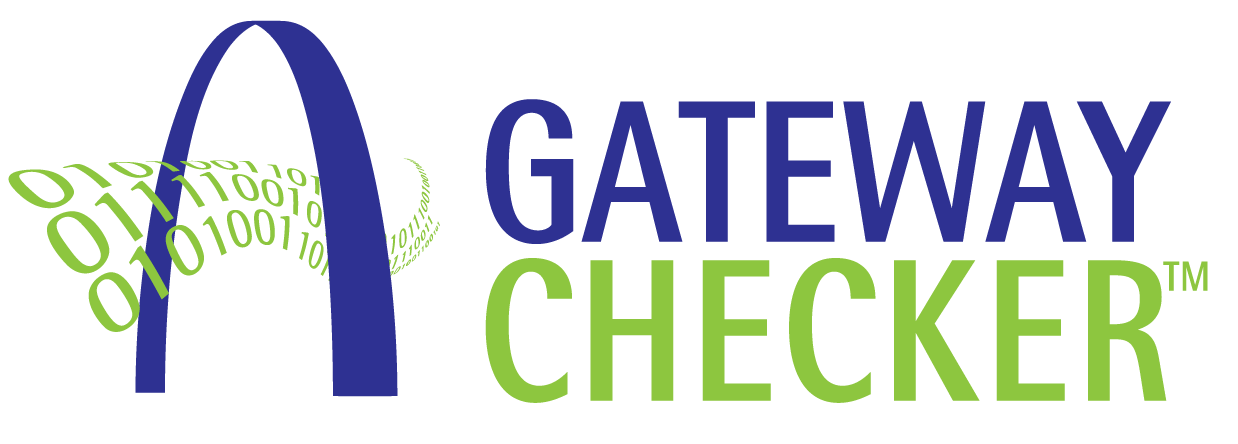Following the recent HDA Traceability Seminar between August 26th-28th, I had the opportunity to lead a conversation amongst dozens of pharmaceutical partners and solution providers; we discussed various important topics related to the DSCSA, from Waiver, Exception, and Exemptions, to Verification Routing Services, and more. Emphasizing the importance of transparency and open conversation, I thought I’d highlight some important insights.
It’s All About the Data
The FDA understands there are conflicts in terms of data quality and integrity. Downstream integrity is impossible without manufacturers ensuring their data and products align with updated standards. The FDA has stressed the importance of pharmaceutical partners, particularly manufacturers, meeting these standards by the end of the stabilization period (next month). However, for certain exceptions, including product/no data, WEEs must be considered.
Waivers, Exceptions, Exemptions
Since mid-June, there have been over 324 requests for package-level requirements WEEs, with more likely to be submitted as we approach the deadline. Dispensers are most frequently requesting WEEs, followed by wholesalers, manufacturers, and repackages. The issue many partners are experiencing is that downstream partners cannot get accurate data from suppliers without upstream partners providing it to them efficiently. The FDA believes it is adequately staffed to handle WEEs, and if they find consistent requests for handling WEE scenarios, they will announce how partners should handle them.
Easier Said than Done
Navigating the complexities of Waivers, Exceptions, and Exemptions is oftentimes easier said than done. While the FDA has provided various recommendations for handling tricky exceptions, oftentimes, partners still find themselves facing challenges in practice.
VRS on the Rise
VRS is gaining popularity as an effective means to ensure interoperability between supply chain partners, helping pharmaceutical partners conform to product identification and authorization requirements under the DSCSA. Apart from saleable returns for pharmaceutical partners, VRS can provide additional verification in medical emergencies, though it’s not intended to bypass EPCIS verification.
If you have any questions about these insights, please don’t hesitate to contact us.


